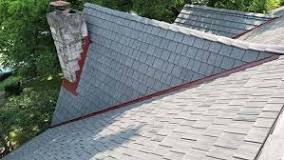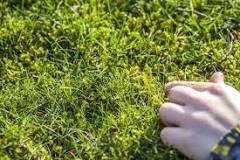If you’re itching to dig into some clamming fun, you might be wondering, the best time of day for clamming is typically around low tide. This is when the clams are most accessible and easier to find. So, if you want to maximize your catch, plan your outing around those low tide hours!
Why Low Tide Matters
When the tide is low, more of the beach is exposed, revealing those hidden treasures beneath the sand. Here’s why timing it right can make all the difference:
Easier Access
- More Beach to Explore: With the water receding, you can cover more ground. This means more spots to dig and a higher chance of finding clams.
Clam Behavior
- Active Clams: Clams tend to be more active during low tide. They’re closer to the surface, making them easier to spot and catch.
Optimal Conditions
- Less Water: Less water means you can see where you’re digging, reducing the risk of losing your prized catch.
Best Times of Year for Clamming
While knowing the right time of day is crucial, don’t forget about the time of year! Some seasons are better than others for clamming.
Spring and Fall
- Ideal Seasons: Spring and fall often provide the best conditions. The weather is usually mild, and tides can be more predictable.
Summer Heat
- Watch Out: During summer, especially in hotter regions, clams might bury deeper to escape the heat. Early mornings or late evenings can be better during this season.
Final Thoughts
Clamming can be a fantastic way to spend time outdoors while enjoying some fresh seafood. Just remember to check local tide charts and plan your trips around low tide for the best results. Happy digging!
FAQ
What equipment do I need for clamming?
You’ll need a few basic tools: a clam rake or shovel, a bucket for your catch, and possibly waders if you’re venturing into deeper waters. Don’t forget sunscreen and water!
Are there any regulations I should know about?
Absolutely! Always check local regulations regarding clamming limits and seasons. Some areas have restrictions on sizes or quantities you can harvest.
Can I go clamming at night?
Yes! Some folks enjoy night clamming under a full moon. Just ensure you have proper lighting and know your area well.
What types of clams can I find?
Depending on where you are, you might find various types like soft-shell clams, hard-shell clams, or even razor clams. Each type has its own unique flavor and texture!







